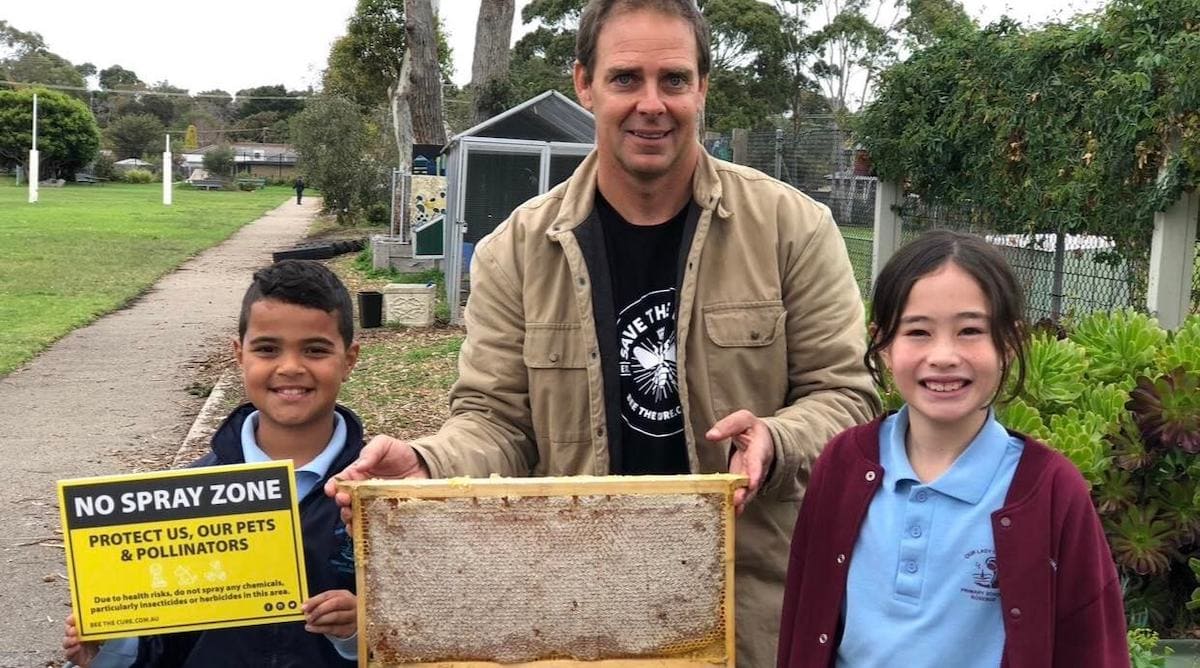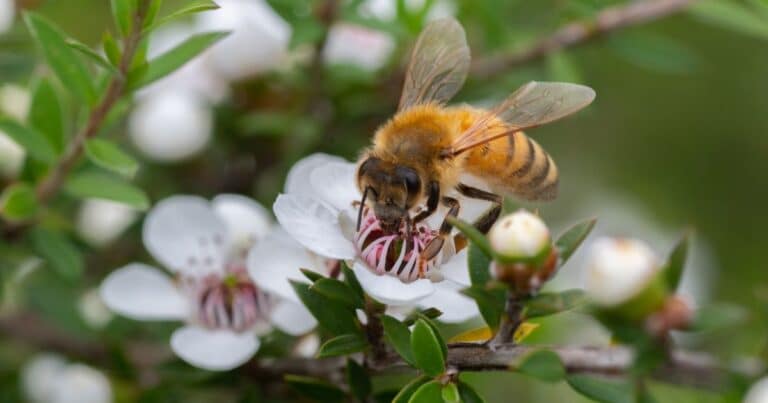Save The Bees: Collective Action for Ethical Apiary
The story behind how beekeeper and activist Simon Mulvany set up Save The Bees is an inspiring one.

Save The Bees is a social enterprise established in Australia in 2013.
Uncomfortable and critical of institutions and regimented systems in society, Simon worked in many different jobs and travelled widely before settling down in Blairgowrie, a small town on Victoria’s Mornington Peninsula.
After having his son, and some very difficult times in his personal life, Simon’s passion for bees, ethics and the environment grew. In 2013, his beekeeping and bee-rehoming business transformed into Save the Bees, with an aim to educate people about the very real threats to bee survival.
At the very core of this enterprise is community – thanks to Simon’s attitude, the organisation runs via a strong professional network and the invaluable help of volunteers. Here, the idea and process of people working together are far superior to one ego striving alone, even if that is for a good cause.
What I find really interesting and unique about Simon’s approach to Save the Bees is how open it is in many ways; how the organisation and its activities have and do change, bend and become something new; and how Simon really encourages that.
He described the flexible nature of the organisation to me recently: “I founded Save the Bees in 2013. The organisation is really like the beehive; it is guided by forces we don’t really understand. There are about eight people who can write and edit the Facebook page. Volunteers have arrived at the right time. Thousands of people continuously contributing have enabled the organisation to have an impact.
Last year we saw the insecticide, Confidor, removed from shelves and also Allowrie honey—I am so proud that we were part of that change! Also, a honey map, created by volunteers, has had an overwhelming impact with over 600,000 views; it’s a really practical resource that allows consumers to find products that are real, local and ethical.”
In my opinion, Mulvany’s approach to Save the Bees plays a big part in these remarkable outcomes. A social enterprise forms when entrepreneurs focus on solving social problems in addition to customer problems; in this instance, Save The Bees fights bee losses and unethical environmental, economic and social problems head-on by engaging many voices, and even more hands, to call out, expose and shame the products, chemicals, businesses and activities that harm the world’s most vital pollinators.
There are a group of professionals, including myself, that contribute to the organisation’s social media, broadening the scope of information and helping to spread the word. There is an even larger group of volunteers that help build the honey map and engage in activism. And, even better, there are THOUSANDS of people that view that information and use the resources provided, changing consumer habits and increasing awareness.
So, when you’re going to fight the great fight, don’t go it alone: collective action for the biggest change!
_
Find out more at the Save The Bees website, Bee The Cure.

